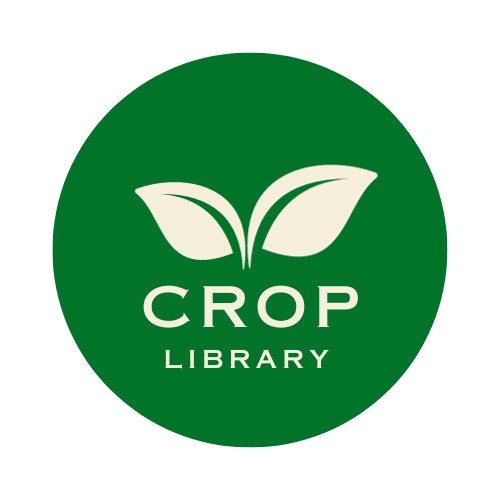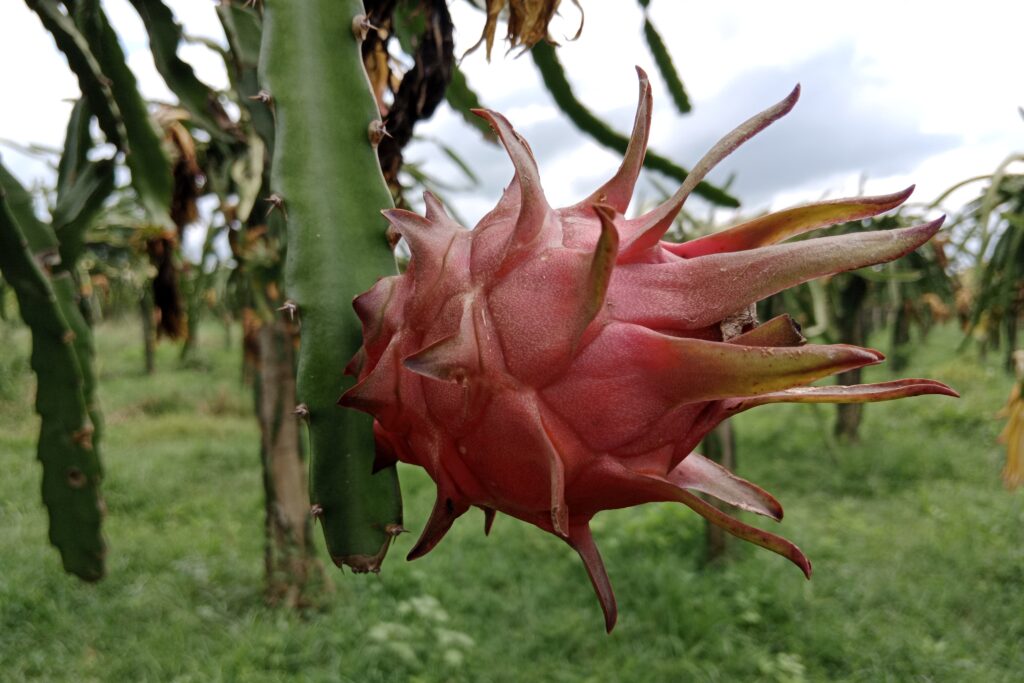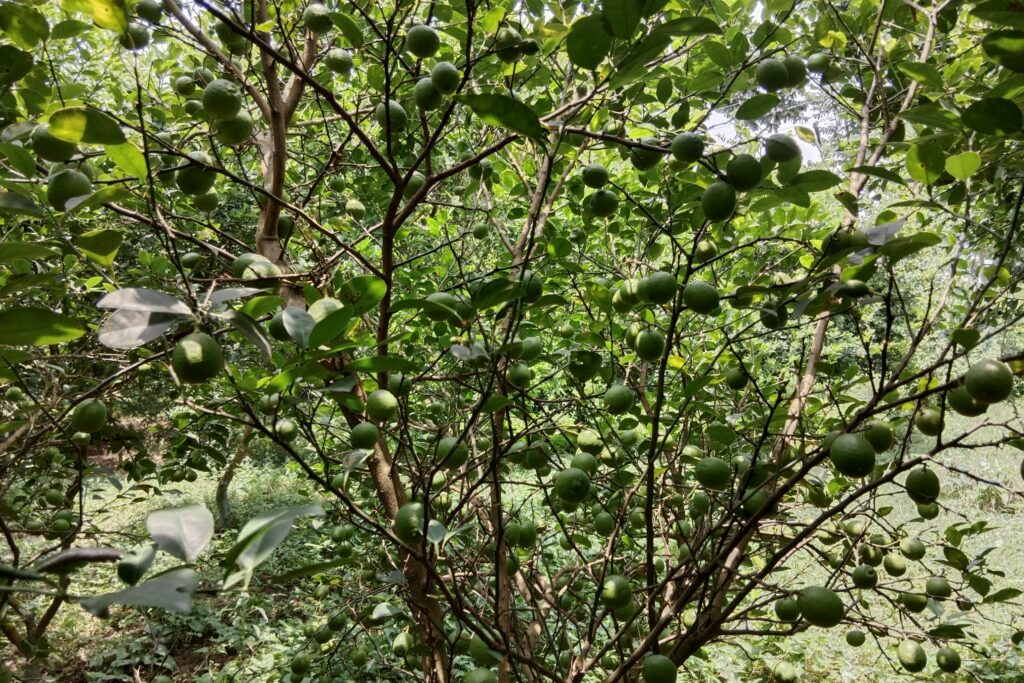Moringa / Drumstick farming
In the first year, drumstick farming incurs an initial investment of NPR 256,000, with moringa / drumstick farming profit per acre becoming highly visible from the second year onward, generating annual profits of NPR 550,000 (Income: NPR 650,000 – Maintenance: NPR 100,000). The operation reaches break-even by mid-second year, delivering an impressive ~215% ROI (excluding drip irrigation depreciation) over years 2-5. The crop’s significant commercial value stems from growing demand across food, medicinal and cosmetic industries, making drumstick farming an attractive long-term agricultural investment when properly managed.

Land Preparation
For successful drumstick cultivation, thoroughly prepare the land by plowing 2-3 times to create a fine tilth, while removing all weeds, stones, and debris; ensure proper drainage to prevent waterlogging, and for large-scale operations, use tractor-operated plows or rotavators to achieve uniform soil texture and optimal growing conditions.
Soil Type
Heavy clay or wet soils should be avoided as they limit root development and make the plant more vulnerable to diseases like root rot. Drumstick thrives in well-drained sandy loam or loamy soils that are rich in organic matter and have a preferred pH range of 6.2 to 7.0 (slightly acidic to neutral) for optimal nutrient uptake.
Climatic Requirements
Drumstick thrives in warm tropical to subtropical climates with an ideal temperature range of 25°C–35°C, tolerating annual rainfall between 250–1500 mm (though supplemental irrigation is beneficial during prolonged dry periods); it grows optimally at altitudes up to 1000 meters and demands full sunlight exposure (6–8 hours daily) for vigorous growth and high yields.
Major Cultivars
Popular drumstick varieties include:
- PKM-1 (High-yielding, early maturity – 6 months)
- PKM-2 (Longer pods, higher yield than PKM-1)
- Dhanraj (Suitable for leaf production)
- Coimbatore-2 (Drought-resistant)
- ODC-3 (Suitable for high-density planting)
Planting

a). Planting Season
In tropical regions, drumstick can be cultivated year-round with proper irrigation, though the optimal planting window falls between June and November to capitalize on favorable monsoon conditions and moderate temperatures for robust establishment and growth.
b). Spacing
i). Traditional method
For pod -oriented drumstick cultivation, a spacing of 1.8 m x 1.8 m is recommended, accommodating approximately 1,200 plants per acre. This allows adequate space for canopy development, sunlight penetration, and ease of interculture operations while optimizing yield.
ii). High-Density Planting (HDP)
For intensive leaf production, high-density planting at 0.9m x 0.9m spacing accommodates approximately 5,000 plants per acre, significantly boosting leaf yield while requiring precise nutrient and irrigation management to maintain plant health and productivity in the compact growing space. This method is particularly suited for commercial moringa leaf powder or tea production, where frequent harvesting of young leaves and shoots is prioritized over pod development.
c). Pit Preparation
For optimal drumstick growth, dig pits measuring 30cm x 30cm x 30cm, then enrich each pit by thoroughly mixing the excavated soil with 10 kg of Farmyard Manure (FYM), 100g neem cake (for pest control), and 50g Single Super Phosphate (SSP) to provide essential nutrients and improve soil structure for healthy root development.
d). Planting Method
Planting Method: Drumstick can be propagated either through seeds or cuttings – for seed planting, sow 2-3 seeds per pit at 1-2 inch depth, later thinning to retain the healthiest seedling, or alternatively start seeds in polybags filled with potting mixture and transplant the 35-40 day old seedlings; for vegetative propagation, use 1 meter long hardwood cuttings (4-6 cm thick) planted directly in the field, which ensures true-to-type plants and faster establishment compared to seed-grown plants.
e). Number of Plants per Acre
Pod production: 1200 plants/acre (1.8m x 1.8m spacing).
High-Density (For leaves production): 5000 plants/acre (0.9m x 0.9m spacing).
Intercropping
Drumstick trees can be effectively intercropped with various compatible crops to maximize land utilization and farm income, including vegetables like cowpea, spinach, radish, and coriander; pulses such as green gram and black gram; and short-duration crops like onion and garlic, all of which thrive in the partial shade of young drumstick plantations while helping suppress weeds and improve soil fertility through nitrogen fixation (in case of legumes).
Irrigation
Drumstick Irrigation Schedule (Growth Stage-Wise)
| Growth Stage | Duration | Water Requirement | Irrigation Frequency | Method | Key Notes |
| Germination | 0–15 days | High moisture | 2 times / day (1st 3 days), then 1 time / day | Sprinkler/Drip | Avoid waterlogging |
| Seedling Stage | 15–60 days | Moderate | Every 3–4 days | Drip preferred | Sandy soil: 2–3 days; Clay: 4–5 days |
| Vegetative Growth | 2–6 months | High | Weekly (2 times / week in heat) | Drip + Mulching | Critical for stem/leaf development |
| Flowering & Pods | 6–9 months | Critical | Every 5–7 days | Drip (uniform moisture) | Water stress reduces yield |
| Mature Trees | 1+ years | Low | Every 10–15 days | Basin/Drip | Drought-tolerant; skip in monsoons |
Fertilizer and Manure Requirements for Drumstick Per Acre
| Growth Stage | Organic Inputs | Inorganic Inputs | Application Notes |
| a). Pre-Planting | · 10 tons FYM/compost · 200 kg neem cake | · 50 kg SSP · 20 kg Zinc Sulfate (if deficient) | Mix thoroughly into soil during plowing. Neem cake acts as organic pest control. |
| b). Seedling Stage (0–3 Months) | · 5 kg vermicompost/plant · 2L Jeevamrut/plant/year | · 50g SSP + 50g MOP/pit (basal) · 25g Urea + 25g 19:19:19 NPK/plant (30 DAP) | Apply basal dose at planting; top-dress at 30 DAP. Organic options enhance microbes. |
| c). Vegetative Growth (3–6 Months) | · 10 kg vermicompost + 100g Rock Phosphate/plant | · 50g Urea + 50g 10:26:26 NPK/plant (every 60 days) · 0.5% ZnSO₄ + 0.2% Boron (foliar) | Foliar sprays prevent micronutrient deficiencies. Organic inputs improve soil P. |
| d). Flowering & Pod Development (6–12 Months) | · Banana peel compost · 200g wood ash/plant | · 100g 13:0:45 NPK/plant (flowering) · 50g Potassium Sulfate/plant | High K (wood ash/SOP) enhances pod quality. Avoid N excess during flowering. |
| e). Mature Trees (1+ Years) | · 5 tons FYM/acre (monsoon) | · 100 kg 17:17:17 NPK (monsoon) · 50 kg SOP (winter) · 10 kg micronutrient mix (Fe, Zn, Mn)/year | Annual soil drench for micronutrients. SOP maintains pod yield in winter. |
Weed Control
a). Manual wedding
The first 2-3 months after planting are critical for manual weeding, as young drumstick plants are highly vulnerable to weed competition; regular removal of weeds during this period ensures uninterrupted access to nutrients, water, and sunlight, promoting healthy early growth.
b). Mulching
Apply a thick layer of dry leaves or straw around drumstick plants to effectively suppress weed growth by blocking sunlight, while also conserving soil moisture, regulating temperature, and gradually enriching the soil as the organic material decomposes.
c). Herbicides
Glyphosate can be cautiously applied as a pre-emergence herbicide to control weeds but must be used selectively to avoid damaging drumstick plants, with strict adherence to dosage and safety guidelines.
Pest and Disease Management
Common Pests
a). Pod fly
Drying and Splitting of Fruits from Tip with Gummy Exudate: In drumstick cultivation, a common physiological disorder occurs when mature fruits begin drying and splitting longitudinally from the tip, often accompanied by oozing of sticky, gummy exudate – this condition is typically caused by sudden humidity fluctuations, boron deficiency, or irregular irrigation during pod development. To prevent this issue, maintain consistent soil moisture during fruiting, apply 0.2% borax foliar spray at flowering stage, and harvest pods at 60-70% maturity before excessive latex formation occurs; severely affected fruits should be removed promptly to avoid fungal infections at the split sites.
b). Aphids & Whiteflies
To effectively control these sap-sucking pests that stunt growth and spread diseases, spray Imidacloprid 0.5% solution as a targeted treatment, ensuring thorough coverage of leaf undersides where colonies congregate
c). Budworm
The larva bores into flower buds, feeding internally and causing premature shedding, ultimately reducing fruit set and yield—to control this pest, spray Chlorpyriphos at 2ml per liter of water.
Common Diseases

a). Powdery mildew
This fungal disease appears as white powdery patches on leaves, stems, and pods, affecting photosynthesis and plant vigor—control it by spraying Wettable Sulfur at 2g per liter of water at the first sign of infection, repeating every 10-14 days as needed.
b). Root rot
Preventative measures are crucial to avoid root rot in drumstick plants, primarily caused by waterlogging—ensure proper drainage in fields and apply Trichoderma as a biocontrol agent to suppress soil-borne pathogens and promote healthy root development.
c). Damping off
Damping-off disease severely affects drumstick nursery beds and young seedlings, causing 25-75% seedling mortality through two phases: (1) Pre-emergence damping-off where seedlings rot before surfacing, drastically reducing germination rates, and (2) Post-emergence damping-off where water-soaked brown lesions form at the collar region, leading to stem softening, shriveling, and collapse—with Rhizoctonia solani infection causing distinct “wire stem” symptoms (hard, thin stems) before toppling. The disease spreads in patches across nurseries and field beds, often decimating stands.
d). Twig Canker
The disease initially manifests as vein clearing and leaf chlorosis, progressing rapidly with younger leaves dying successively until the entire plant wilts and dies within days; affected plants show drooping petioles and leaves, while young seedlings exhibit vein clearing and petiole drop that spreads to new leaves—advanced stages reveal browning of vascular tissues, severe stunting, and eventual plant death.
Harvesting
The first harvest of drumsticks (PKM-1 variety) typically occurs 6-8 months after planting, with pods best collected when tender and 40-60 cm long for optimal vegetable use, while leaves can be sustainably plucked every 35-40 days once plants reach 6 months of age; under proper management, annual yields average 8-12 tons/acre for pods (depending on cultivar) and 4-6 tons/acre for leaves in dedicated leaf-production systems.
Cost of Investment of Drumstick Farming
| S.N. | Category | Estimated Cost (NRs.) |
| 1 | Land Preparation (Plowing, Leveling, Pit Digging) | 50,000 |
| 2 | Moringa Seeds (300g) | 1,000 |
| 3 | Fertilizers & Manure | 30,000 |
| 4 | Drip Irrigation Setup | 100,000 |
| 5 | Labor (Planting & Maintenance) | 20,000 |
| 6 | Pest & Disease Control | 25,000 |
| 7 | Miscellaneous (Equipment, Mulch, etc.) | 30,000 |
| Total Initial Investment | 256,000 |
Annual Income of Drumstick Farming
| Year | Pod Yield (kg/acre) | Leaf Yield (kg/acre) | Income (Pods @ NPR 40/kg) | Income (Leaves @ NPR 50/kg) | Total Income (NRs.) |
| 1st Year | 2,000 | 1,000 | 80,000 | 50,000 | 130,000 |
| Years 2–5 | 10,000 | 5,000 | 400,000 | 250,000 | 650,000 |
Analysis of Drumstick Farming Profit Per Acre
a). First Year Performance
The initial year of drumstick farming typically shows a net loss of NPR 126,000, calculated by subtracting the total investment (NPR 256,000) from the first year’s income (NPR 130,000). This initial deficit is expected and primarily attributed to substantial setup costs, including land preparation, irrigation installation, and other infrastructure development that form the foundation for future yields.
b). Long-Term Profitability
From the second to fifth year, the venture becomes significantly profitable, generating an annual income of NPR 650,000. After accounting for yearly maintenance costs of approximately NPR 100,000, farmers can expect a robust annual profit of NPR 550,000. This dramatic turnaround demonstrates the crop’s strong earning potential once established.
c). Financial Milestones
The break-even point for the investment is typically reached by the middle of the second year. This marks the transition from the initial loss-making phase to consistent profitability, making drumstick farming a financially viable long-term agricultural enterprise.
d). Return on Investment
Over years 2-5, drumstick farming offers an impressive return on investment (ROI) of approximately 215%. This calculation excludes the depreciation of the drip irrigation system, indicating the operation’s strong financial performance once the initial infrastructure is in place. The high ROI underscores the crop’s potential as a lucrative agricultural investment.



Execellent info. Thank you
realy i amvery much happy with this information.i have 13 acers land in rajasthan, and i am very much new in farming.
so plz can you help me abt this , there is no water but now am try to do boring.